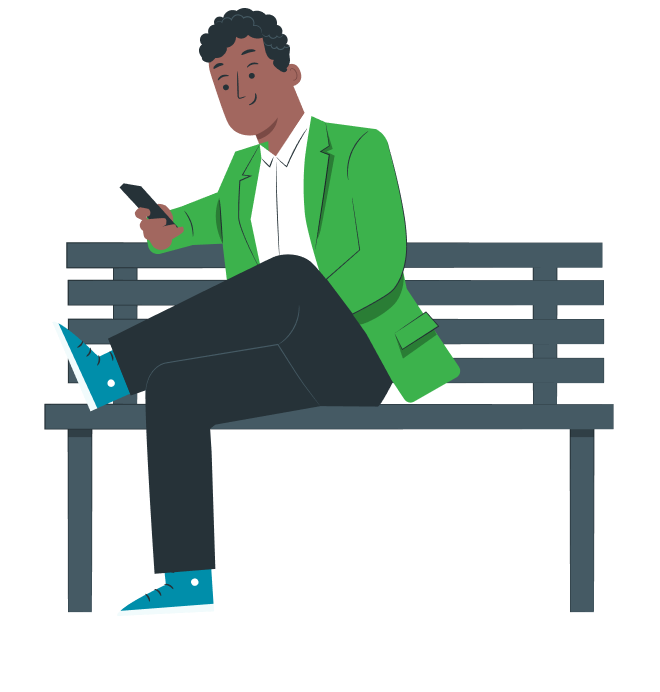
The advantage of being able to communicate whilst mobile by using chat, voice, video and conferencing mean that employees are not tied to a desk. By using a mobile application such as UC-One Communicator, the user is able to be reached via their fixed business phone and the user can then act further on the call, such as transfer to another user or start a conference call. This, then overcomes the issues faced when a traditional call comes in to or is transferred to a mobile and nothing further can be done with the call, as it literally reaches a dead end. The challenge with previous mobile UC applications for a long time was that they were considered Over The Top (OTT) applications. This meant that they used the data connectivity in the phone to make calls as a SIP or Data call and if a mobile (GSM) call came in, it would take precedence and disconnect the data (SIP) call or at the very least put it on hold.
Additionally, as the mobile UC is an app, to accept an incoming call, the user would need to unlock the phone to be able to take the call. Depending on the time before a call would go to voicemail, often this makes the mobile UC application impractical for taking calls in real life.
The latest version of UC-One Communicator addresses this by integrating with the Apple iOS call kit framework. This means that data (SIP) calls to the UC application come into the native dialer and can be answered from the lock screen like a normal mobile call. If the user is on a data call (due to the integration) an incoming call from the mobile network does not end the call or put it on hold, the user has the option to activate call waiting as normal.
This ability to make the mobile UC experience seamless opens the way for businesses to really adopt mobile unified communications as a real solution for business, not a technical gimmick. Users can take calls on their mobile device using their office landline number as if they were in the office. More importantly, once on a call they can conference in others, transfer the call, or “pull” the call to another device like their desk phone or PC UC-One application. Think about how many people you see in the office whilst on a call on their mobile phones, with a desk phone or headset in reach but as the caller dialled the mobile number the call stays trapped on the mobile.
The integration into the call kit framework, also allows the user to make calls from their mobile contacts using the native iPhone dialler by simply holding the call button and the option to make a call using UC-One Communicator presents itself. The call is then made over data as a SIP call and the caller sees the businesses fixed line, not a mobile number. Now every iPhone in the business has a work persona and a personal persona. Employees can bring their own device into the business, the business can simply provide a collaboration licence and the business only ever needs to publish a fixed business number for their staff.


